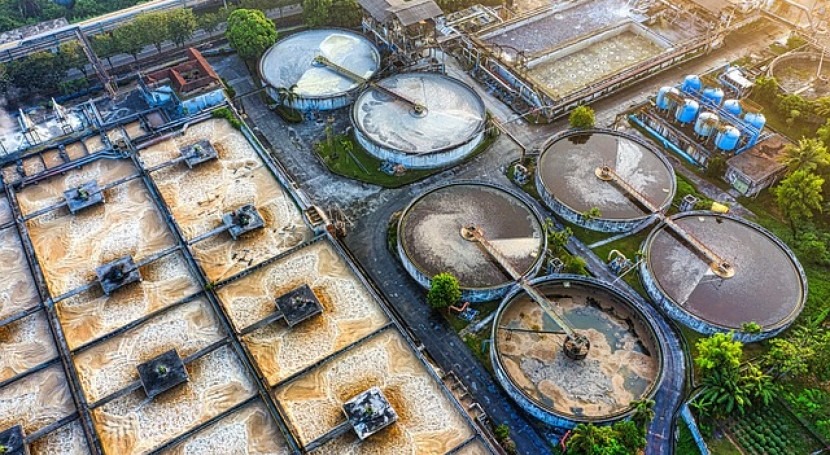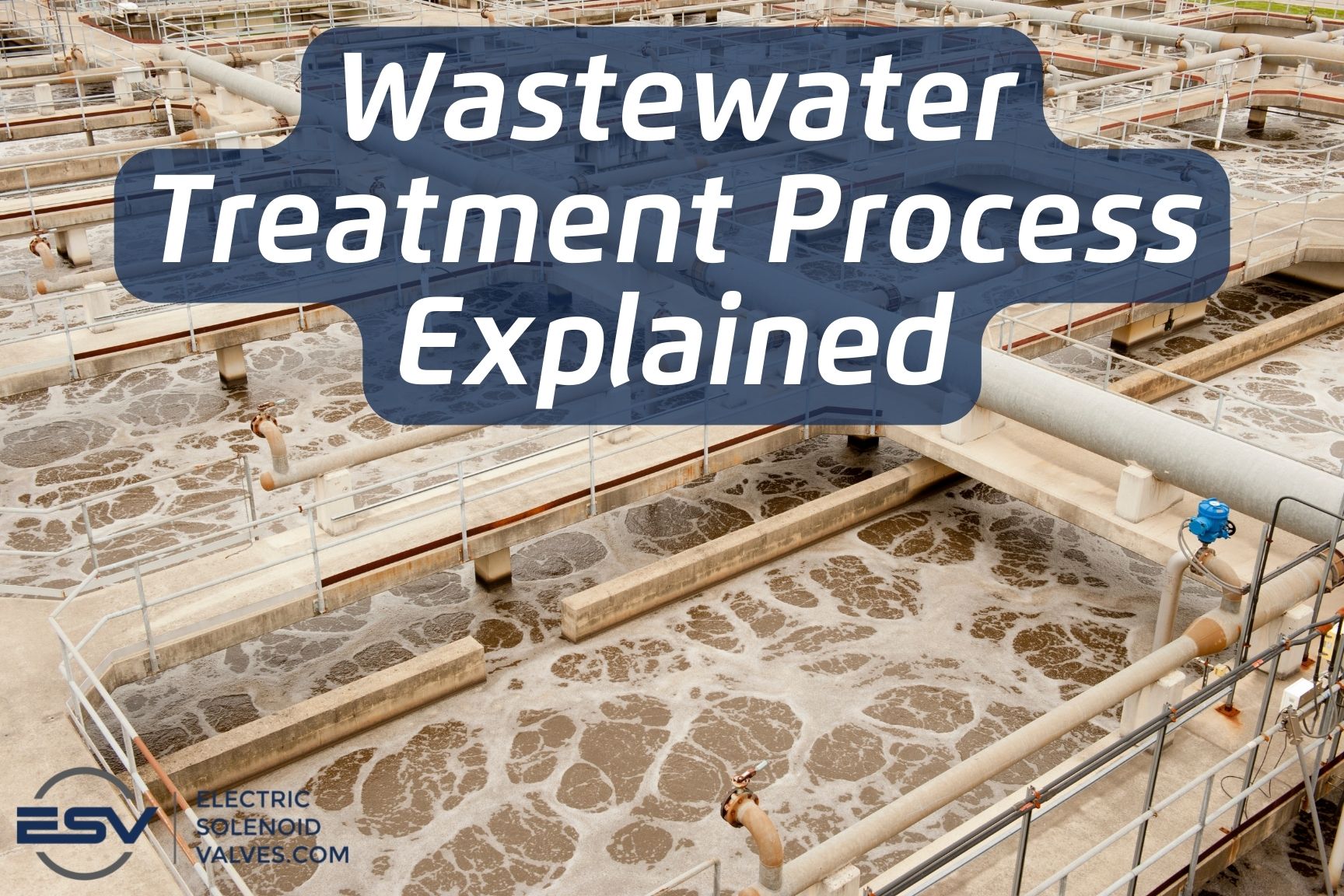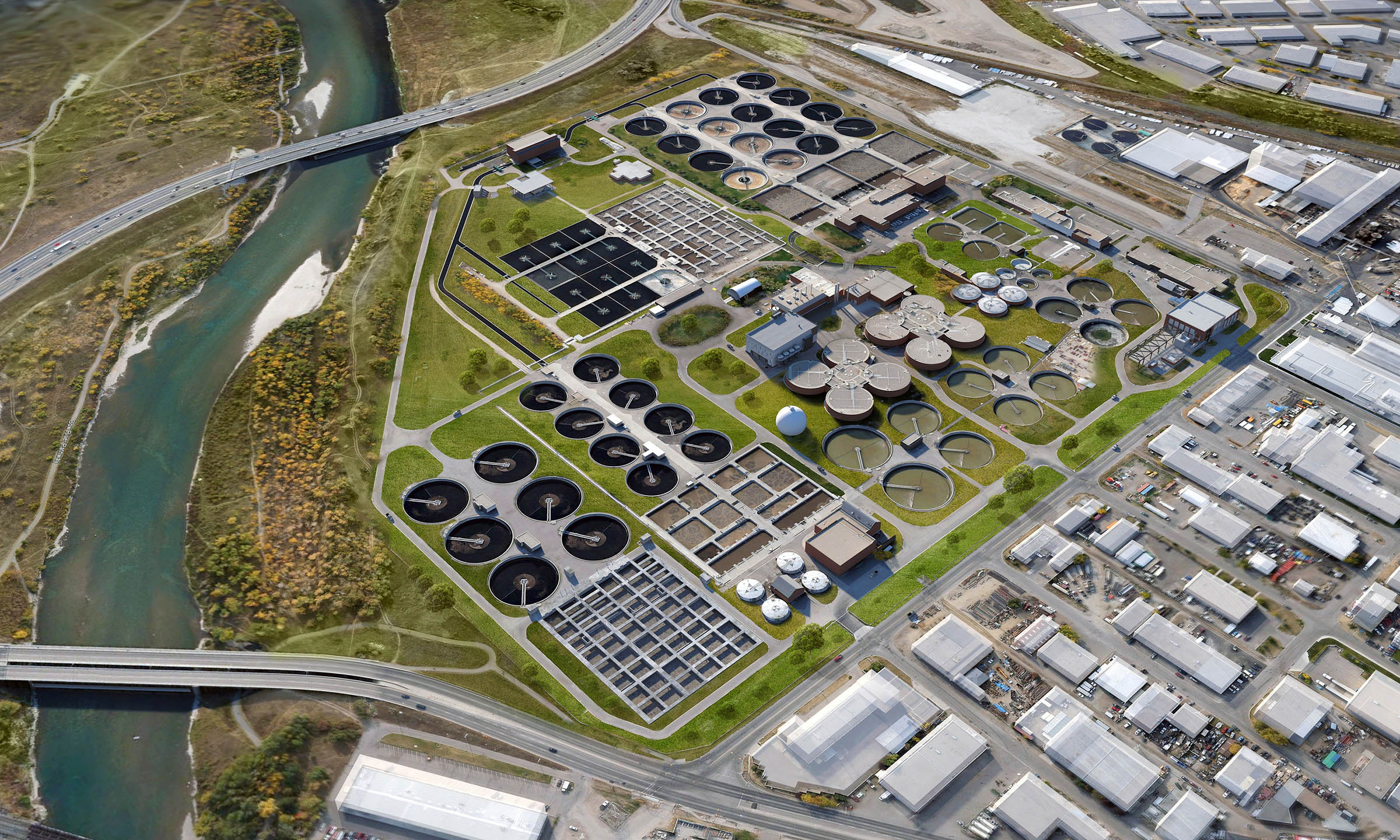Vital Steps in Local Waste Water Treatment Plants
Vital Steps in Local Waste Water Treatment Plants
Blog Article
Strategic Approaches to Improve Drainage Therapy Effectiveness and Minimize Ecological Impact
In the realm of waste water treatment, the pursuit for boosted effectiveness and decreased ecological influence is a continuous obstacle that demands strategic services. The assimilation of advanced therapy technologies, energy-efficient procedures, resource healing strategies, improved nutrient removal methods, and wise monitoring and control systems stands for a diverse structure for attending to these pushing problems.
Advanced Therapy Technologies
Advanced membrane filtration systems have changed advanced wastewater therapy processes, substantially improving the elimination of impurities. These ingenious systems function by forcing water via a semi-permeable membrane layer, effectively dividing impurities from the water stream. The membrane layer's tiny pores catch contaminants such as germs, viruses, and suspended solids, allowing only purified water to travel through. This technology has shown to be very efficient in removing a wide variety of contaminants, including drugs, heavy metals, and natural compounds, which are usually challenging to remove via conventional treatment approaches.
In addition, membrane layer purification systems offer numerous advantages over traditional treatment strategies. They require less room, produce higher-quality effluent, and are more resistant to changes in influent water top quality. Furthermore, these systems are very flexible and can be quickly incorporated right into existing treatment plants or utilized as standalone systems for decentralized applications. As the demand for tidy water remains to increase, the adoption of innovative membrane purification innovations is necessary to guarantee reliable and lasting wastewater treatment methods.
Energy-Efficient Processes
The assimilation of energy-efficient processes in wastewater therapy systems is vital for enhancing resource use and lowering functional costs. One essential strategy to boosting energy effectiveness in wastewater therapy is the utilization of sophisticated oygenation systems, such as fine bubble diffusers or surface aerators, which can enhance oxygen transfer performance and decrease energy usage.
Furthermore, optimizing procedure control and automation via the use of innovative sensing units and checking systems can improve overall power effectiveness by changing operations in real-time based on actual demand and problems. Implementing energy audits and on a regular basis monitoring power efficiency indications are crucial practices to identify areas for enhancement and track energy-saving efforts properly. Overall, the adoption of energy-efficient procedures in wastewater therapy not just profits the atmosphere but likewise adds to long-term expense financial savings and operational sustainability.
Source Recuperation Techniques
With a focus on maximizing resource usage and sustainability in wastewater treatment systems, the application of source recovery methods becomes an essential aspect in improving operational performance. Source recovery techniques in wastewater therapy involve the recognition and extraction of beneficial resources from the waste stream, thereby transforming what was when taken into consideration waste right into a beneficial possession. By executing source healing methods such as nutrient removal and recuperation, energy generation from raw material, and the manufacturing of multiple-use water, wastewater therapy plants can minimize ecological influence while maximizing effectiveness.

Improved Nutrient Elimination Techniques
Applying sophisticated nutrient elimination methods is vital for optimizing the efficiency of wastewater treatment systems. official site One of the vital methods utilized for enhanced nutrient removal is the procedure of organic nutrient elimination (BNR), which includes the removal of nitrogen and phosphorus through organic procedures.

In enhancement to BNR, advanced therapy methods such as membrane layer bioreactors (MBRs) and created wetlands can likewise be used to improve nutrient elimination efficiency. MBRs use membrane layers to attain top notch effluent criteria by efficiently eliminating nutrients and put on hold solids. Constructed wetlands simulate all-natural wetland processes to get rid of nutrients through plant uptake, microbial activity, and sedimentation. By incorporating these innovative nutrient elimination techniques into wastewater therapy systems, industries and communities can successfully lower nutrient pollution and protect the atmosphere.
Smart Surveillance and Control Systems
Using innovative technology, the assimilation of clever tracking and control systems changes the operational performance of wastewater therapy facilities. These systems integrate sophisticated sensors and information analytics to constantly check crucial criteria such as pH levels, turbidity, liquified oxygen, and circulation rates in real-time. By accumulating and assessing this information, drivers can gain beneficial understandings right into the performance of the treatment procedures, allowing proactive changes to optimize therapy performance.
Smart tracking and control systems also sustain remote monitoring capabilities, permitting drivers to accessibility real-time data and control features from off-site locations. This remote accessibility enhances operational versatility and responsiveness, allowing swift interventions in situation of system malfunctions or changes in influent top quality. Furthermore, the anticipating maintenance capacities of these systems assist protect against equipment failures and decrease downtime, ultimately enhancing the total reliability of wastewater treatment procedures (Waste Water Treatment).
Conclusion
Finally, tactical approaches such as sophisticated treatment modern technologies, energy-efficient procedures, resource recuperation techniques, improved nutrient elimination methods, and clever monitoring and my review here control systems play an essential function in boosting wastewater treatment effectiveness and decreasing ecological influence. By implementing these strategies, wastewater therapy plants can improve their overall performance, minimize power intake, recoup beneficial resources, and guarantee compliance with environmental guidelines. These approaches are vital for reliable and sustainable wastewater management practices.

In conclusion, critical techniques such as advanced therapy innovations, energy-efficient processes, source healing methods, enhanced nutrient elimination techniques, and clever tracking and control systems play an essential role in enhancing wastewater treatment performance and lessening environmental influence.
Report this page